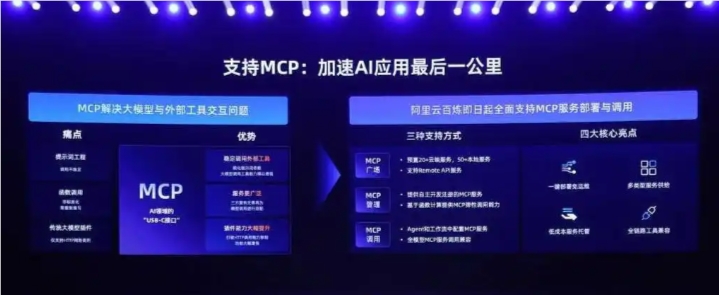On April 1, 2025, the National Astronomical Observatory of China, in collaboration with Alibaba Cloud, announced the successful creation of the world's first solar large language model – "Jinwu" (Golden Crow). This innovative achievement, based on Alibaba Cloud's Tongyi Qianwen series of open-source models, marks a significant breakthrough in the application of artificial intelligence in astronomy.
"Jinwu" achieved over 91% accuracy in predicting M5-class solar flares, reaching the highest level of accuracy for this class of solar flare prediction. Solar flares have profound impacts on Earth, affecting the electromagnetic environment and potentially threatening global power grids, orbiting satellites, and space stations. Accurate prediction of solar activity is therefore crucial for maintaining national space security.

The development of the "Jinwu" solar large language model is based on a sample dataset of over 900,000 solar satellite images. By inputting the solar physical parameters and corresponding observation images from the previous period, the model can predict flare outbreaks within the next 24 hours. Furthermore, "Jinwu" can infer the physical parameters of the next period and generate simulated solar images for that period using a diffusion model.
With the increasing number of solar observation satellites and advancements in space exploration technology, solar observation data is growing exponentially. Traditional forecasting methods are struggling to cope with the massive data processing demands. Artificial intelligence technology, especially large language models, offers new solutions for solar forecasting due to its advantages in handling multi-modal data such as images. Compared to traditional machine learning methods, large models are better at understanding and reasoning about complex physical relationships, making them more suitable for solar forecasting.










